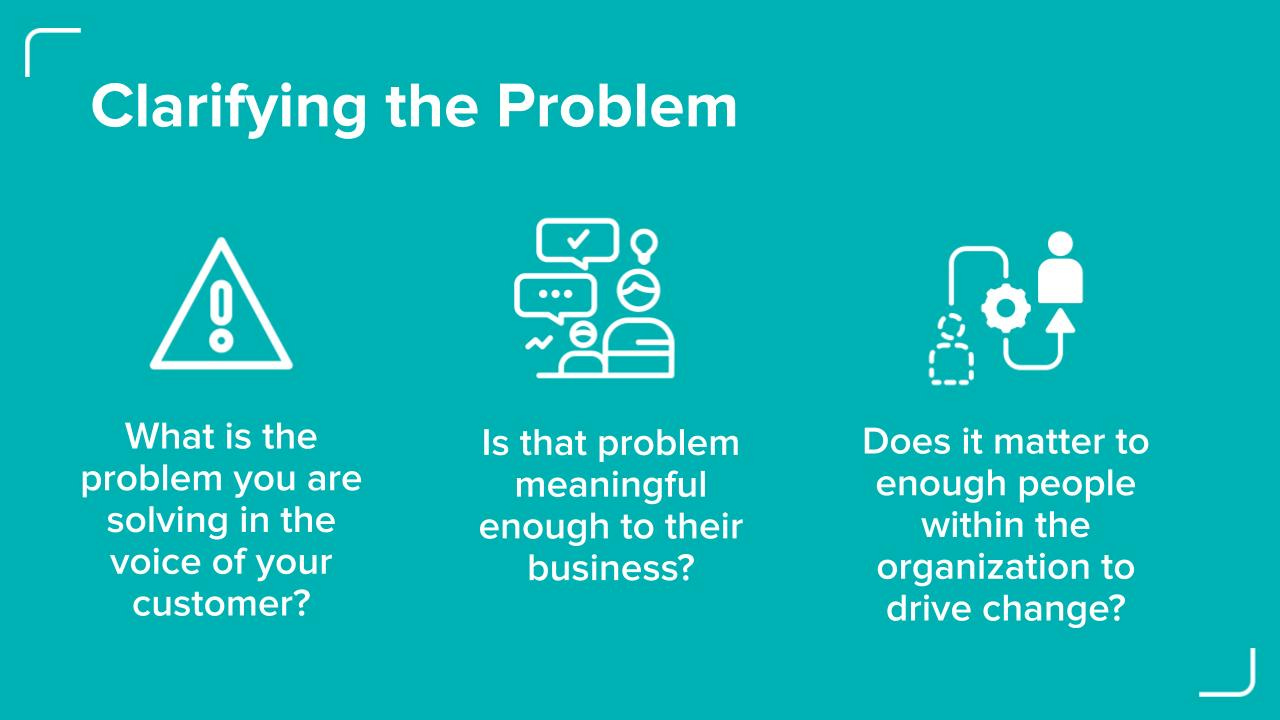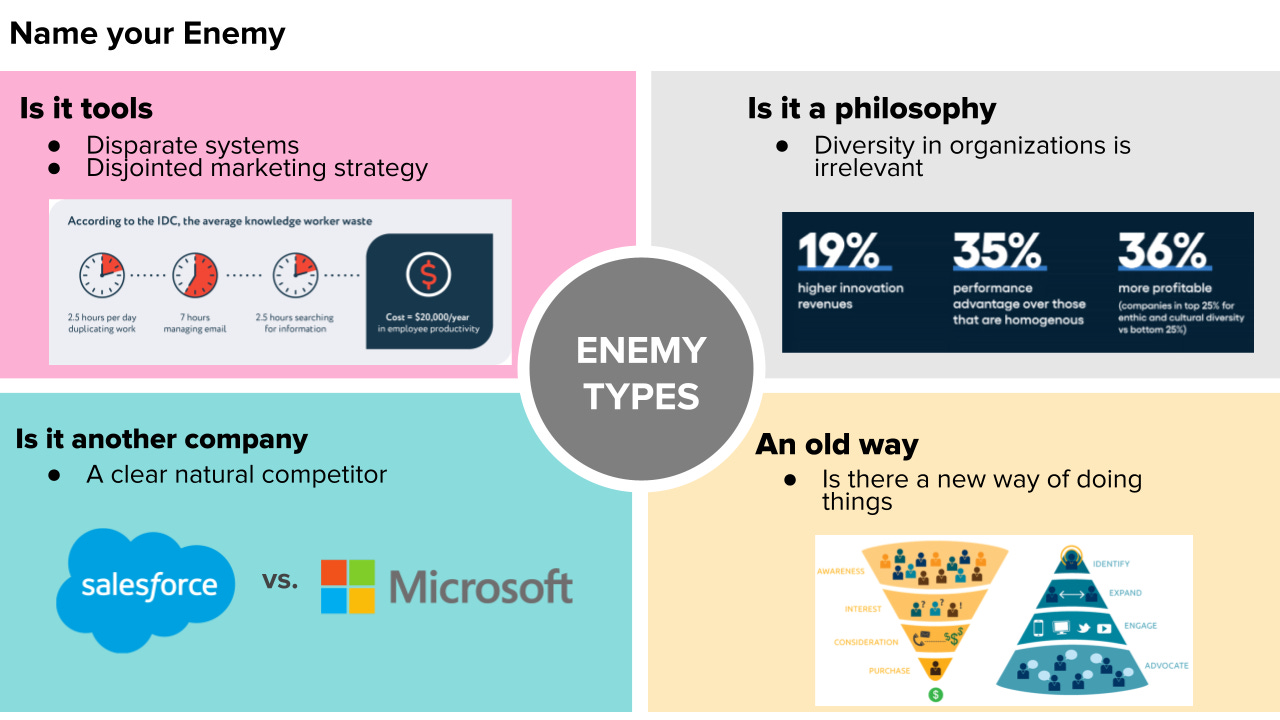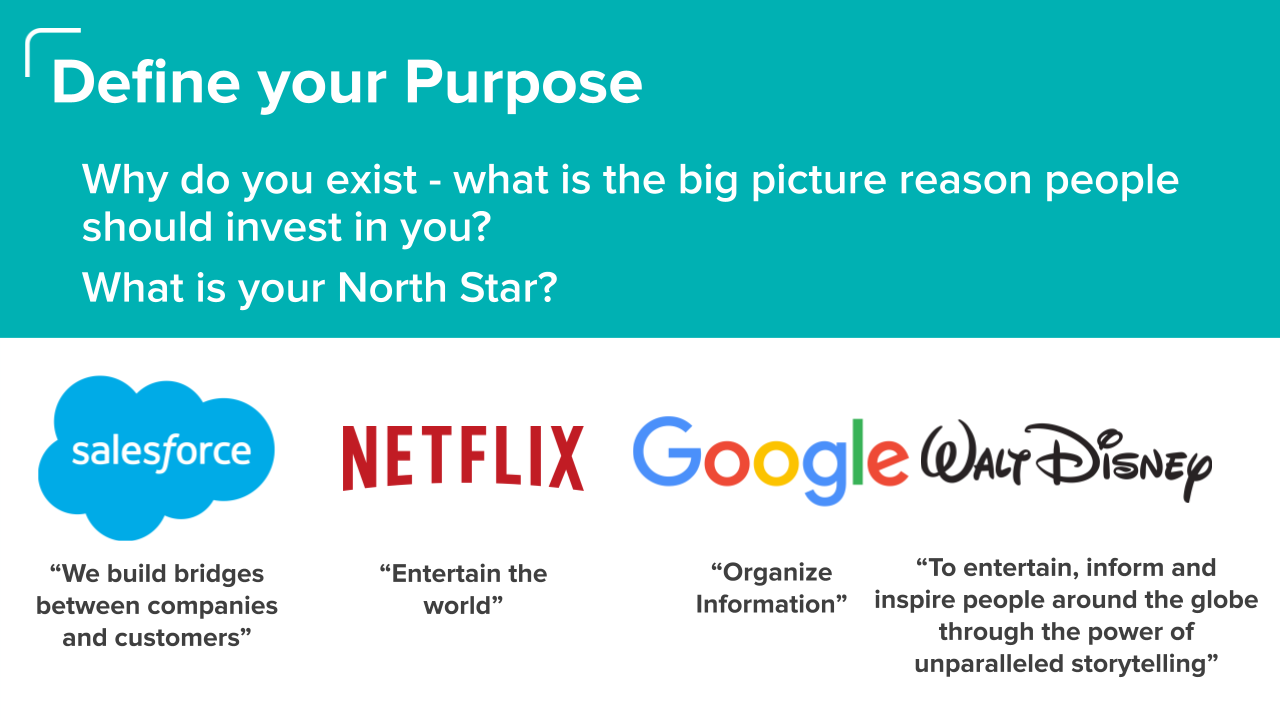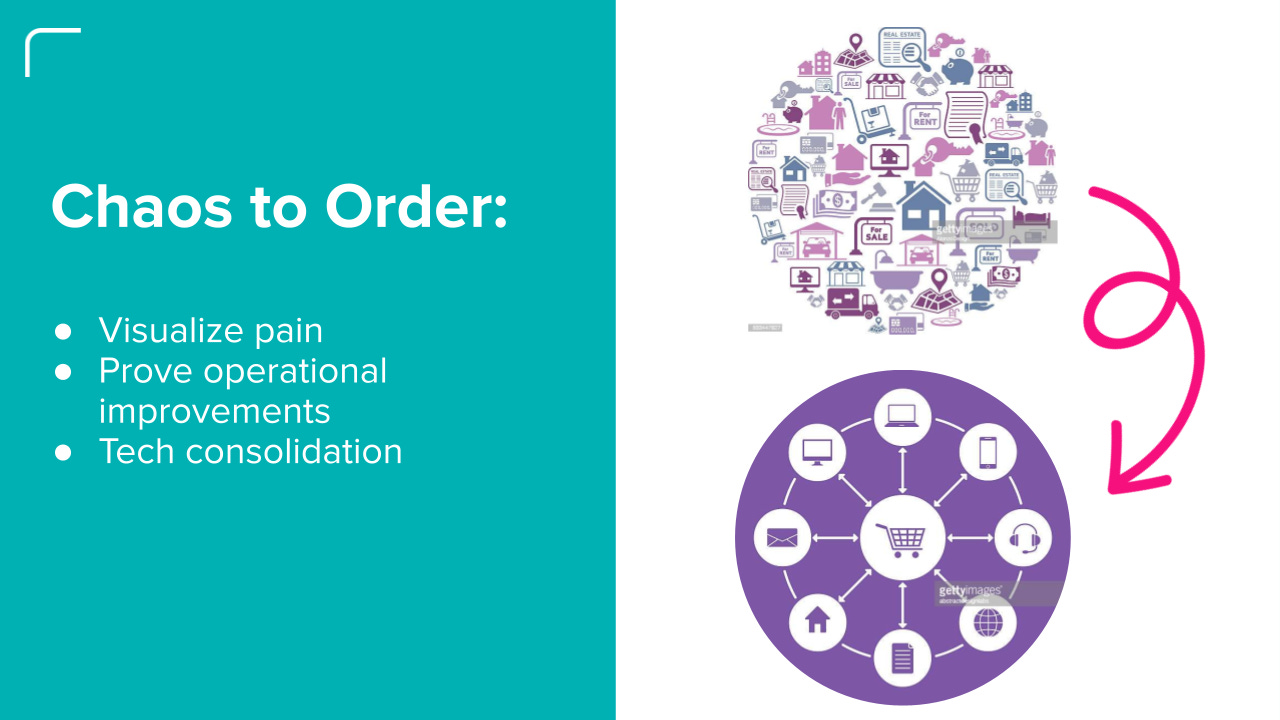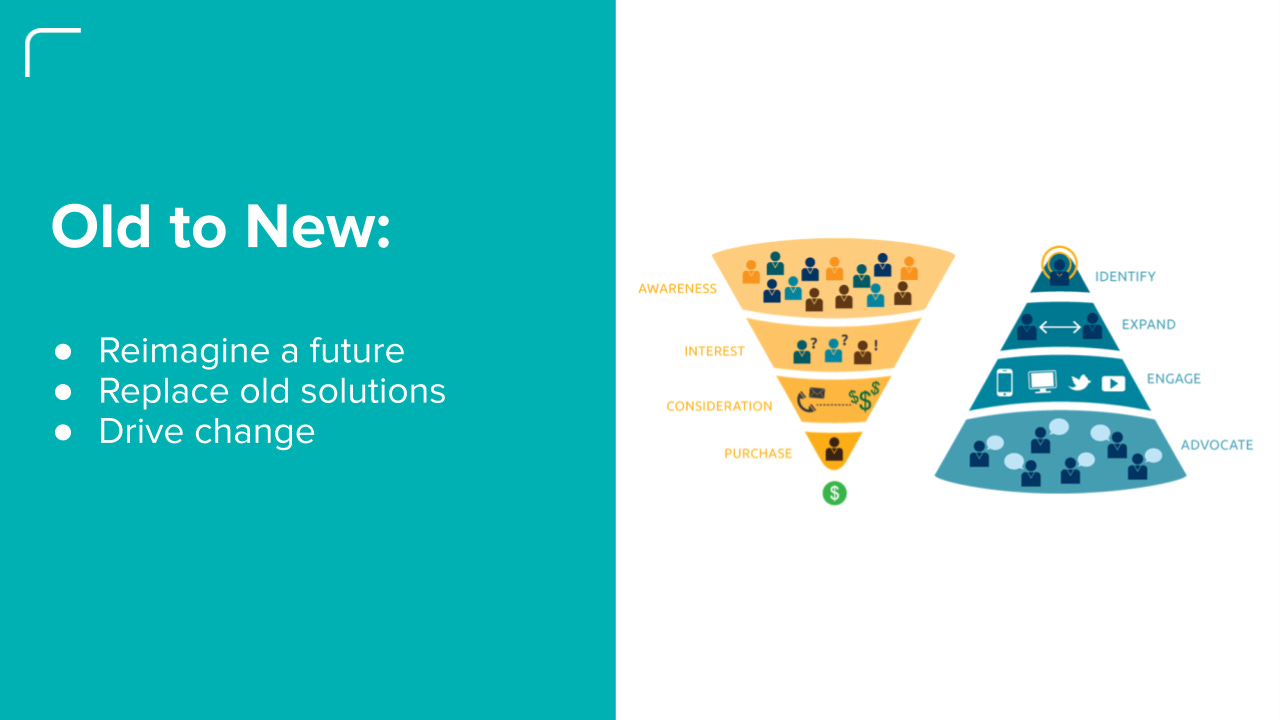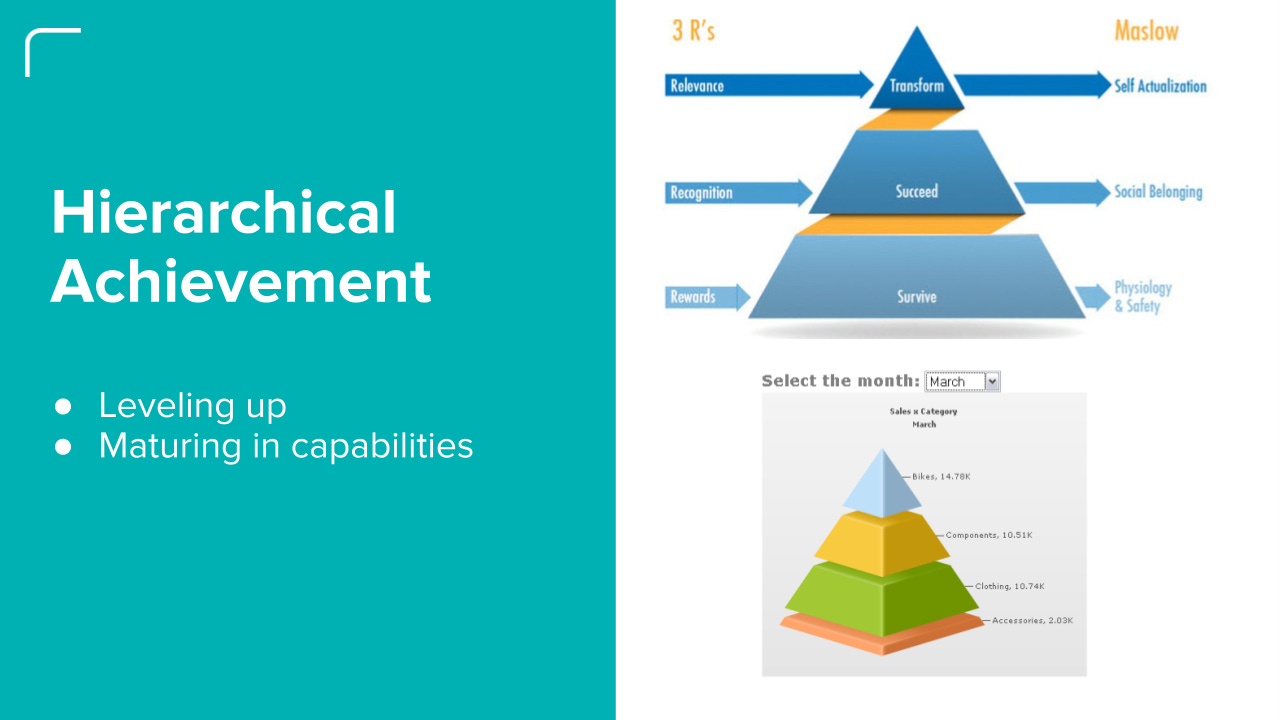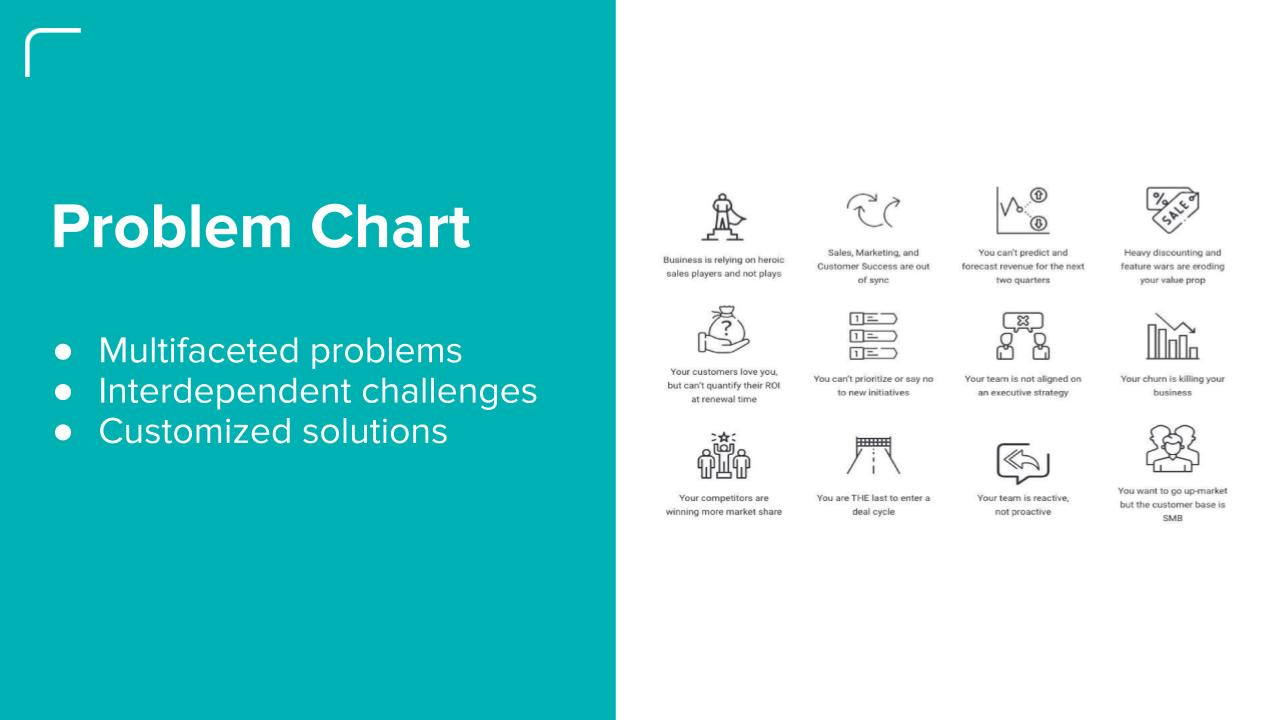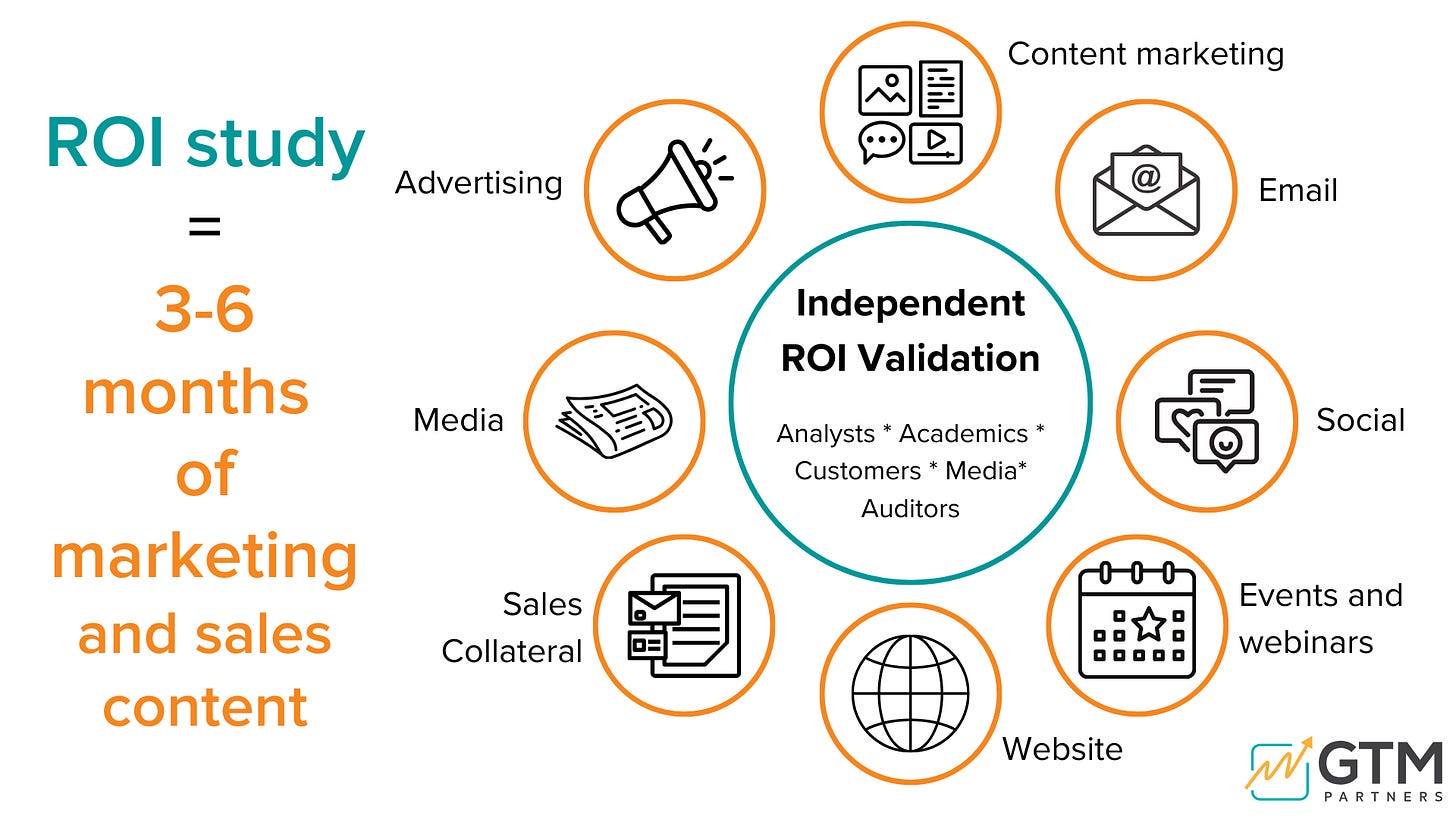Filters
5 steps to creating a unique point of view
Establishing a clear company Point of View (POV) is crucial. It’s foundational to:
Differentiation in a competitive landscape
Building trust and credibility
Guiding decision-making
Attracting and retaining talent
Effective marketing and communication
Customer-centric focus
Long-term strategic planning
Adaptation to market changes
Customer loyalty and advocacy
Today we’re sharing our five-stop process for creating a unique point-of-view, whether you are a brand new company or an industry titan that has gotten a bit muddled with the addition of new products, services, and audiences over the years.
Step 0: Diagnose a POV Problem
While POV is more than just a boilerplate or elevator pitch, ask everyone at your company to tell you what the mission, vision, purpose, and elevator pitch is.
If everyone says the same thing, and if what they say covers all your products, markets, industries, channels, geographies, and services, congratulations! You don’t need this exercise. You may now pass go and move on to solving other GTM problems.
If, like 99% of companies out there, there are, let’s say some discrepancies or inconsistencies, use the following exercise to get it nailed down.
Step 1: Clarify the problem from the voice of your customer
At the heart of any effective POV lies a crystal-clear understanding of the problem your company aims to solve. It's not just about defining the technical aspects but understanding the issue from the customer's perspective. Ask yourself:
What is the problem from the voice of your customer?
Is this problem meaningful enough to their business?
Does it matter enough to the people within the organization to change?
The biggest mistake we see people make is clarifying the problem from the business’ point of view rather than from the customer’s.
We talk to a lot of companies that work with data. It’s common that when we ask them to clarify the problem they solve, they say some version of “we integrate all the data because its messy and disorganized. And so we built all these tools and widgets and functionalities to solve this problem.”
But although that might be the technical problem, it’s not what’s keeping their prospects up at night.
Their prospects’ actual problems are:
We are too siloed
We don’t all have access to the same information
As a result, we’re wasting time and effort; we’re inefficient
Nobody said anything about data, but the solution could and should certainly involve data integration.
Next, you have to ask yourselves: is this problem actually worth solving from your customers’ perspective? It might be meaningful enough to the functional leader, but is it meaningful enough to the overall business to justify buy-in and investment from budget holders?
Finally, does it matter enough to the people within the organization to change? Change management is a huge component of deploying messaging and POV.
Bigger companies can sort this out with VOC data and analysis. If you don’t have that luxury, you can still get a good sense from talking to sales, customer success, and doing informal customer and prospect interviews.
Step 2: Name the Enemy
Give a face to your competition or obstacles. Your "enemy" can be a direct competitor, outdated tools, conflicting philosophies, or an old way of doing things. Identifying your enemy sharpens your focus and fosters a competitive spirit within your organization.
Ask your teams, who is our enemy today? The question isn’t who was the enemy ten years ago when you were founded, but who is the enemy today?
Step 3: State Your Purpose
Your company's purpose should transcend the current problem you're solving. It's your North Star, guiding your actions and decisions. For example:
Salesforce builds bridges between companies and customers.
Netflix’s purpose is to entertain the world.
Walt Disney Company entertains, informs, and inspires through storytelling.
Google organizes information.
Step 4: Picture Success
Visualize how your company helps customers. Use imagery to describe the transformation your solution brings. This is essential for conveying complex ideas in a simple, memorable way.
Examples include depicting chaos to order, old to new, hierarchical achievement, or problem charts.
Step 5: Have a Manifesto
The entire GTM Leadership team should play a role in this entire process and in creating a manifesto. Then it should be shared across the organization.
Get specific on what you want to accomplish over the next five years
Be passionate about what you want to do in the world
Transcend the needs of the buyer today: consider the way the world would look if you could get everyone to buy in to your new way of thinking
In short, make sure that you've got a strong POV. It's good for your employees. It's good for the market. It's good for your audience, and it's going to be really good for all of your marketing direction going forward.
One of the ways we are differentiating as an analyst firm is to make all our research and frameworks available to everyone. We’d love to hear how you apply this POV workshop at your organization.
If you’d like some help, we are available to lead the workshops for you.
Thanks for reading. If you’re enjoying GTMonday please post a link to subscribe in your company Slack and encourage your whole GTM team to subscribe.
Have a great week,
The GTM Partners Team

